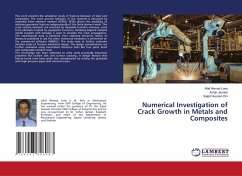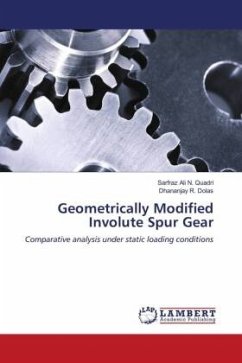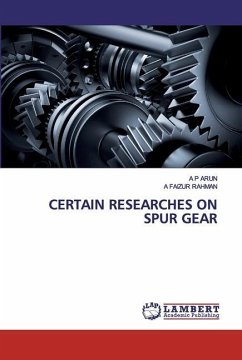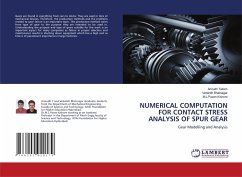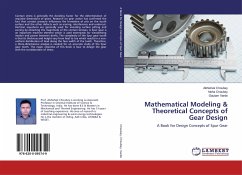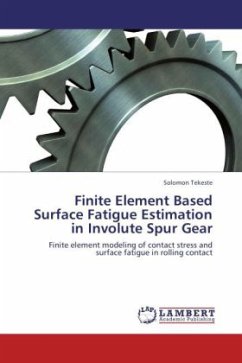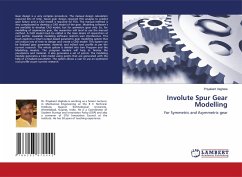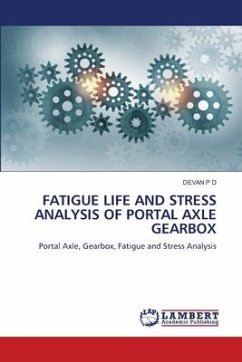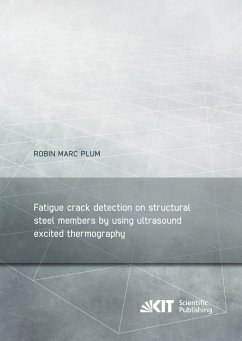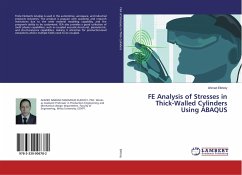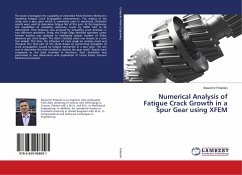
Numerical Analysis of Fatigue Crack Growth in a Spur Gear using XFEM
Versandkostenfrei!
Versandfertig in 6-10 Tagen
33,99 €
inkl. MwSt.

PAYBACK Punkte
17 °P sammeln!
The book investigates the capability of eXtended Finite Element Method in modeling Fatigue Crack Propagation phenomenon. The subject of the study was a spur gear which is commonly used in machinery. Obtained results were used to determine fatigue life of this part. At the beginning, the capabilities of modeling stationary cracks by XFEM had to be determined. That objective was achieved by simulating crack behavior in two different specimens. Firstly, the Single Edge Notched specimen under tension loading was analysed to investigate proper number of finite-elements per crack length. The Slant C...
The book investigates the capability of eXtended Finite Element Method in modeling Fatigue Crack Propagation phenomenon. The subject of the study was a spur gear which is commonly used in machinery. Obtained results were used to determine fatigue life of this part. At the beginning, the capabilities of modeling stationary cracks by XFEM had to be determined. That objective was achieved by simulating crack behavior in two different specimens. Firstly, the Single Edge Notched specimen under tension loading was analysed to investigate proper number of finite-elements per crack length. The Slant Cracked} plate was chosen as a next test sample. This time, the influence of crack angle on analysis result was checked. The final part of the thesis based on performing simulation of crack propagation caused by fatigue mechanism in a spur gear. The aim was to determine the time needed to destroy the gear tooth. Results were compared to the data founded in literature. Each simulation was performed in two dimensions with application of Linear Elastic Fracture Mechanics principles.



